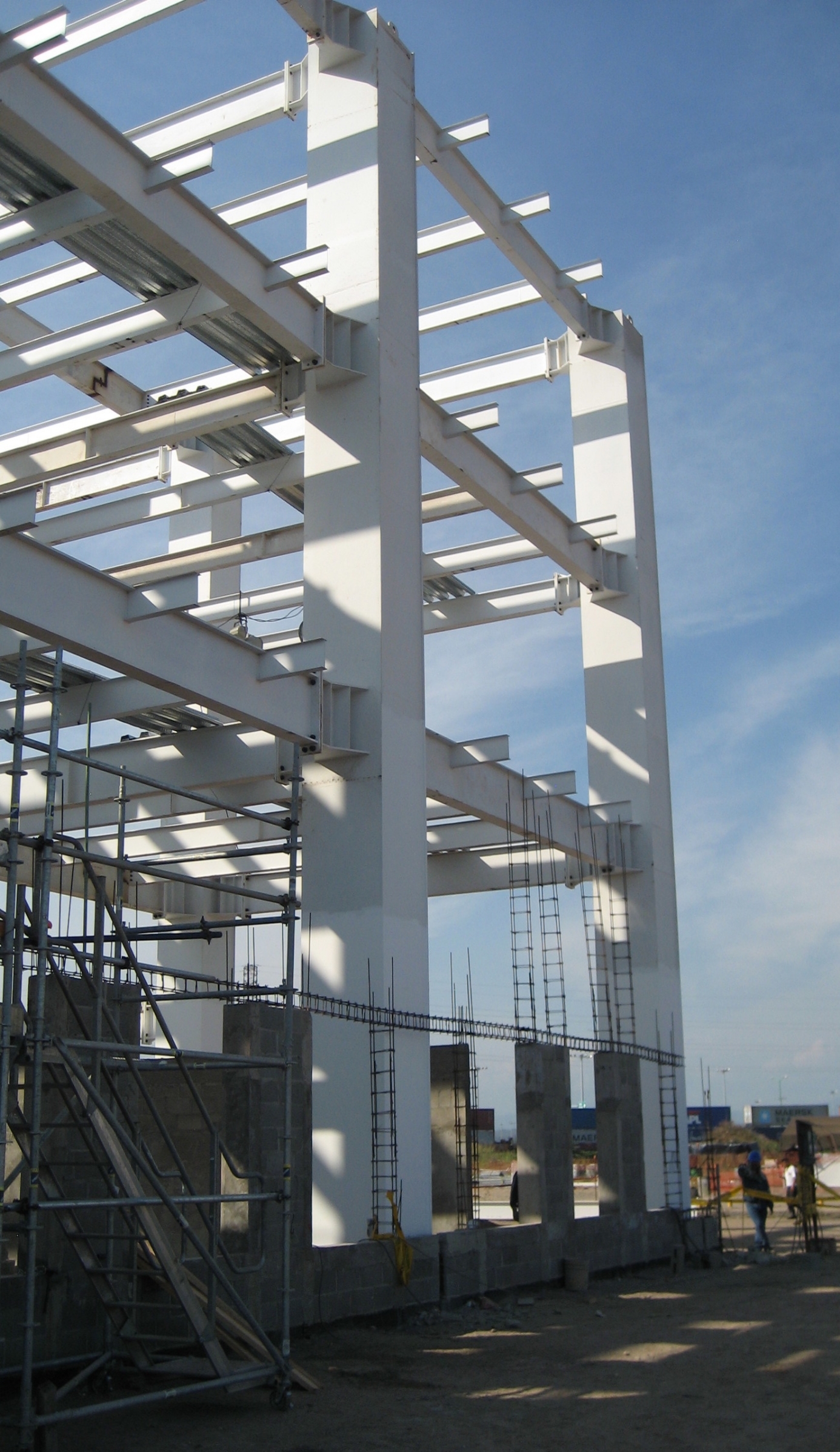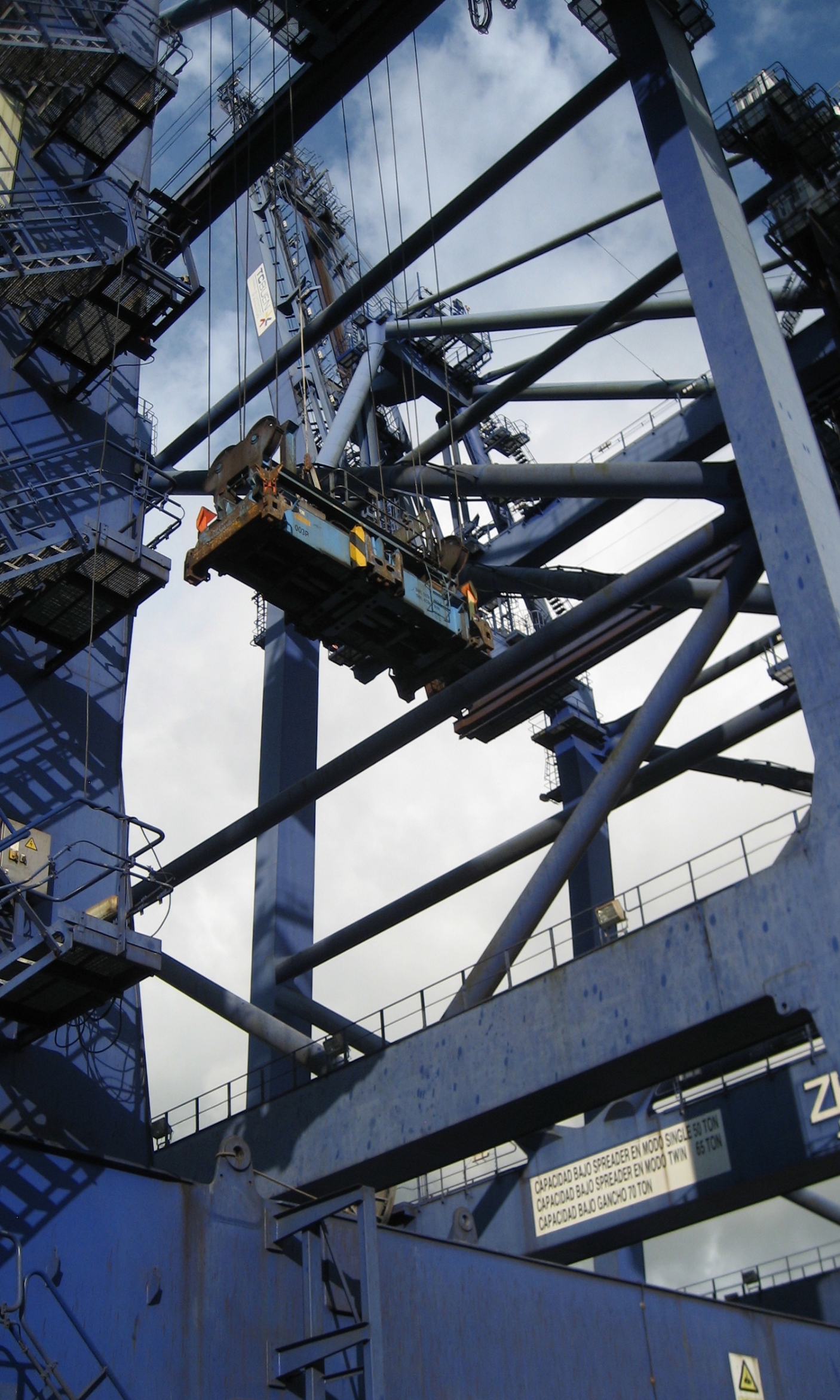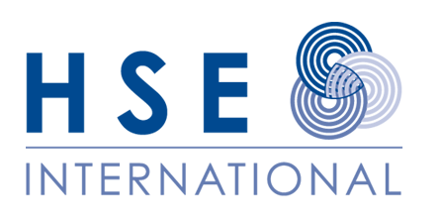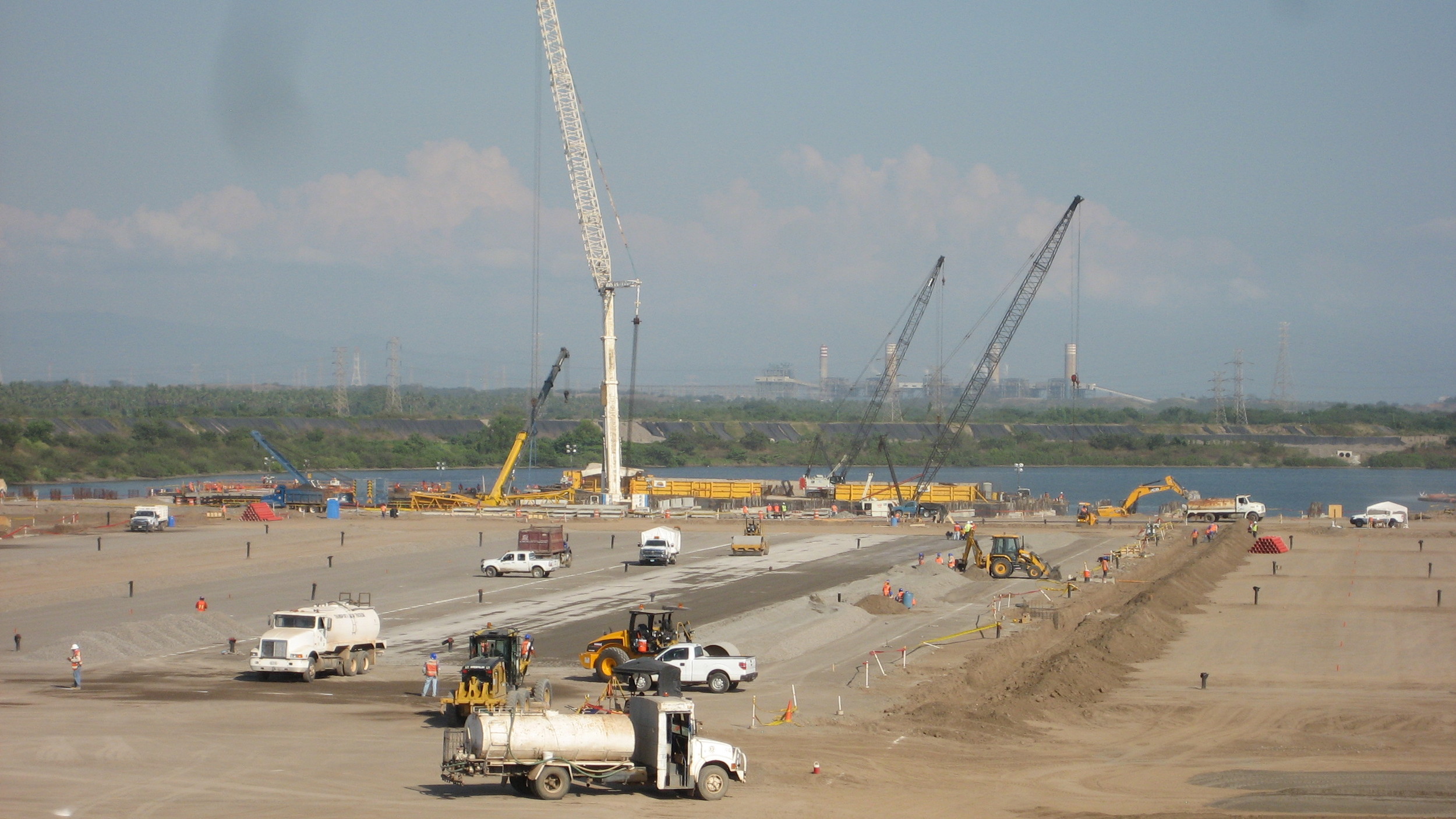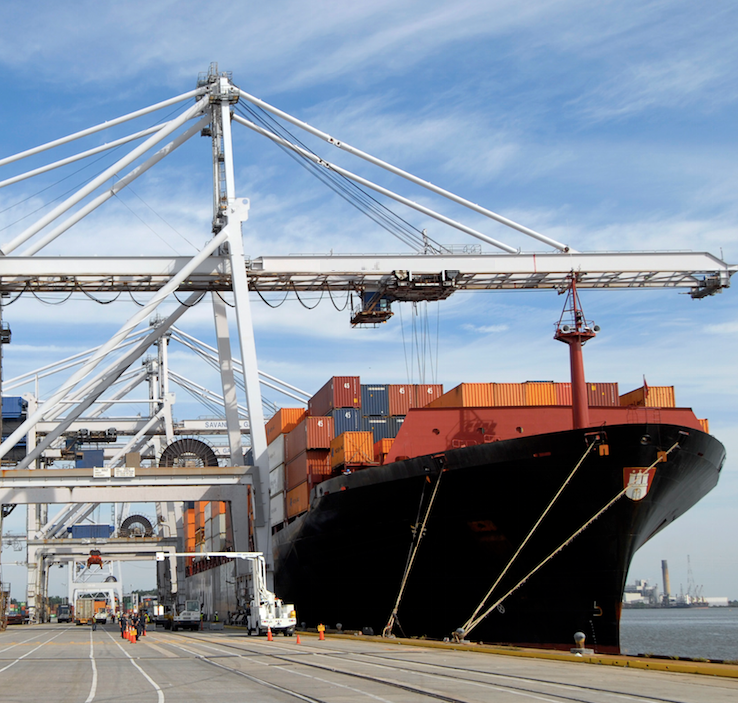Infrastructure Experience
Representative projects:
→ Integrated Environmental, Social, Health and Safety Management System for the Operations of an Industrial Park, Haiti
The Caracol Industrial Park (PIC, Parc Industriel du Caracol) is the result of a partnership between the U.S. Government (USGOV), the Government of Haiti (GOH), and the Inter-American Development Bank (IDB), with the initial assistance of the Clinton Foundation. Together, these partners have committed to establishing the necessary infrastructure for a globally competitive 250ha full-service industrial park, including solid waste disposal, waste water treatment facilities, modern industrial buildings, and the infrastructure necessary to support the integration of PIC into the Northern region. Related investments include accessible roads, supply of electricity and the construction of housing in commuting distance.
A diverse group of industries are established in the PIC, and more are envisioned to establish their businesses in the Park in the near future. Tenants include international and national businesses. Since it opened its doors, on April 1st, 2012, the Caracol Industrial Park has created over 3,000 jobs, particularly for women.
HSE International was appointed by the Client to develop the Environmental, Social, Health and Safety Management System (ESHS MS) for the operations of the PIC, including all business activities related to the products and services provided and undertaken in the industrial park.
The ESHS MS is developed to manage significant ESHS operational aspects at the industrial park, so as to limit their impacts and/or manage their risks on the people and the environment. It is established in alignment with ISO 14001 and OHSAS 18001, and in line with the applicable ILO Conventions. The ESHS MS is scaled to the nature and size of the PIC to be effective, and it follows a “plan-do-check-act” process to facilitate continual ESHS performance improvements.
Significant challenges faced during development of the ESHS MS for the PIC include:
• Develop an integrated ESHS MS, with a robust and comprehensive social component
• Address gender specific issues, since the majority of workers in the PIC are women
• Taking into account the diversity of tenants and industries, inputs and outputs
• Operationalizing / implementing the ESHS MS to ensure compliance under the existing local capacity context
• Proper consideration of the existing tenants at the PIC with agreements in place
• Foresight to anticipate new tenant’s ESHS issues, demands, needs
• Flexibility to suitably accommodate for changing market trends and thereby gain PIC’s competitive edge
There are direct benefits derived from implementing the ESHS MS, including protecting the environment and conserving natural resources and ecosystem in the region, as well as reducing costs associated with potential liabilities and insurance by adequately managing risk and impacts.
The same tangible benefits are realized on the social side. Clear, transparent human resource policies and procedures improve communication between workers and managers, helping to anticipate and avoid labor problems. Effective occupational health and safety management procedures work toward the identification of workplace and process hazards, then seek to eliminate or reduce them through procedural controls and employee training on how to avoid job site risks. This serves to reduce near misses and accidents, and contributes to reducing insurance premiums as well.
The PIC ESHS MS provides confidence to tenants and customers that the service provided by PIC management and the products from the PIC tenants are manufactured with the aim of reducing the negative impacts. Meeting those expectations translate into removing trade barriers, which otherwise would restrict access to international markets.
→ Project Monitoring: Environmental, Social, Health and Safety Compliance Review and Supervision Site Visit, Mexico
The assignment consists of conducting the review of the company’s Environmental, Social, Health and Safety (ESHS) Management System and its implementation, the project ESHS performance, site plans and programs, and conducting a supervision field visit, including interviews with company personnel and meetings with stakeholders. The objective is to identify gaps and provide recommendations for ESHS performance improvement and to support compliance with IFC Performance Standards, EHS guidelines and good international industry practices.
The Project is the first automated container terminal facility in Latin America. The Company is developing a specialized container terminal in the Port of Lazaro Cardenas, in the State of Michoacan, in Mexico. The Project represents the Terminal’s phase 1 development and includes: (i) the construction of a meter quay, (ii) the creation of a 16.5 meter draft alongside the Terminal, (iii) installing the necessary cargo handling equipment and rail tracks, and (iv) developing an automated container yard and supporting backup areas and infrastructure. Upon completion of the Project, the Terminal would be the first partially automated container handling terminal in Latin America and is expected to have an annual capacity of 1.27 million twenty-foot equivalent units.
→ Rapid Initial Assessment of Environmental, Social, Political and Stakeholders Aspects for a Major Infrastructure Project, Peru
HSE International was appointed by a global Company to conduct a rapid initial assessment of environmental, social, political and stakeholders aspects for a major infrastructure project (confidential) in Peru.
→ Project Monitoring: Environmental, Social, Health and Safety Compliance Review and Supervision Site Visit, Colombia
The Project is an international container terminal in the Port City of Buenaventura, Colombia’s second largest port. The Port City is located in the Pacific coast and accounts for more than 40% of the containerized cargo received in Colombia each year. The Terminal is located in Buenaventura’s urban area and includes a dock, access channel and turning basin. The Terminal is expected to provide approximately 268,000 twenty foot equivalent units (“TEUs”) in operational capacity and will only handle containers.
The assignment consists of conducting the review of the company’s Environmental, Social, Health and Safety (ESHS) Management System and its implementation, the project ESHS performance, site plans and programs, and conducting a supervision field visit, including interviews with company personnel and meetings with stakeholders. The objective is to identify gaps and provide recommendations for ESHS performance improvement and to support compliance with IFC Performance Standards, EHS guidelines and good international industry practices.
